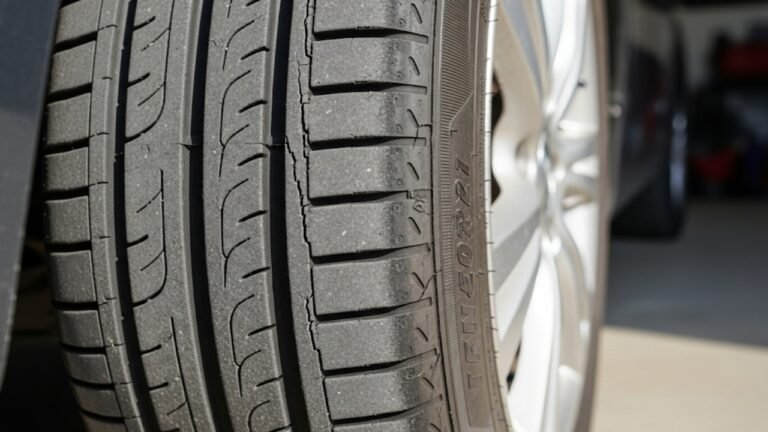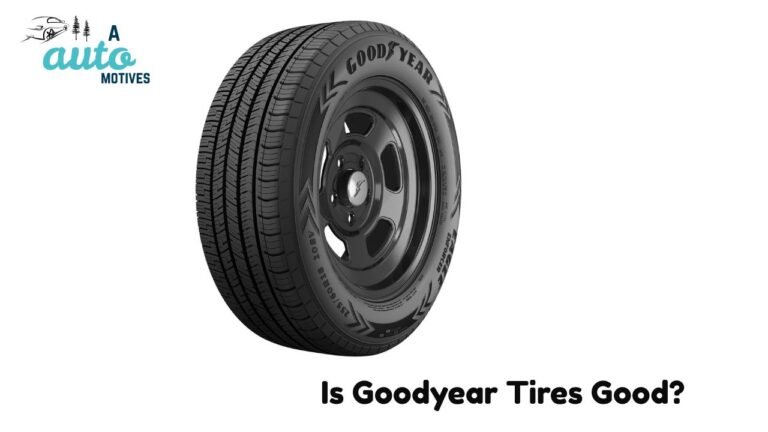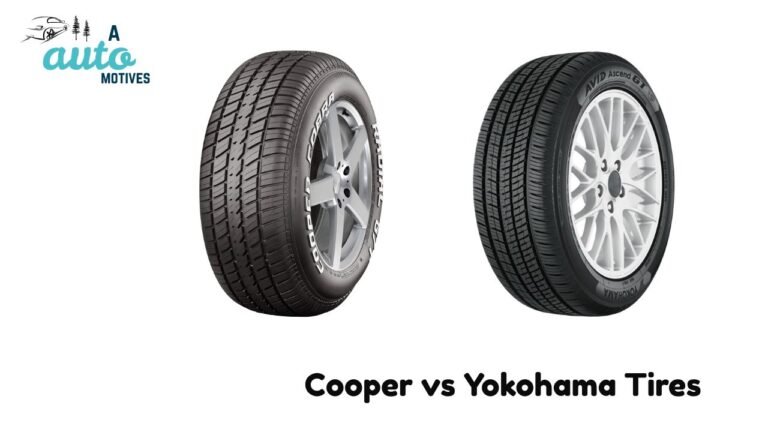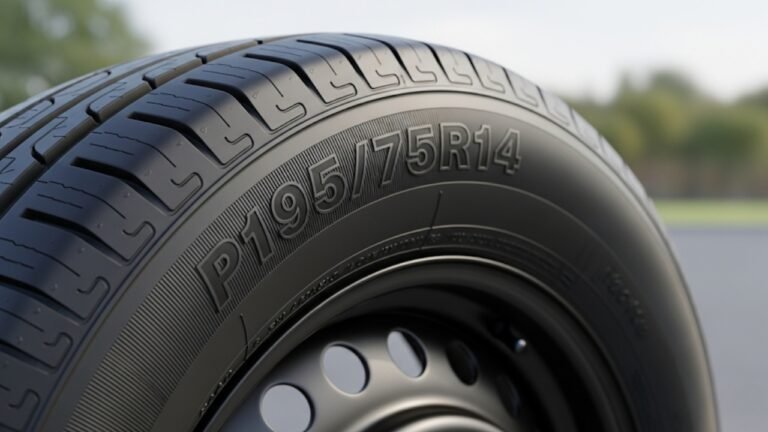How to Put Air in a Flat Tire: A Simple Guide
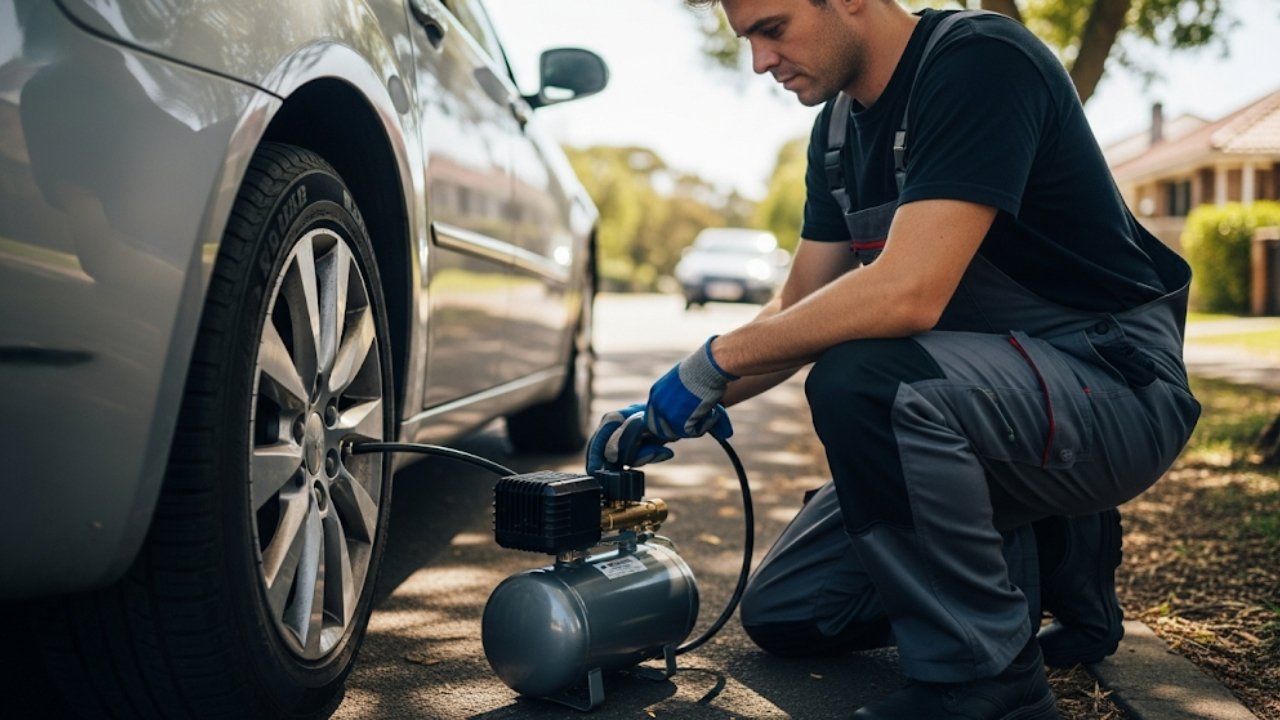
There’s nothing worse than being in a rush and noticing your car leaning slightly on one side. You step out, and boom—you’ve got a flat tire. It’s not fully deflated, but it’s definitely not driveable. It’s the kind of hiccup that makes your heart drop, especially if you’re far from help or don’t know what to do next.
I remember the first time I dealt with a flat tire. It was pouring rain, and I was in a parking lot with no idea what I was doing. I stood there, phone in hand, Googling how to put air in a flat tire, wishing I had just taken the time to learn before. That moment stuck with me, and that’s why I’m writing this—to make sure you never feel that stuck or helpless.
This guide will walk you through how to put air in a flat tire step by step, with some real-world advice, easy language, and all the key tips you’ll need. Whether you’re using a gas station air pump or your own portable inflator, you’ll feel confident the next time your tire lets you down.
Why Tires Lose Air in the First Place
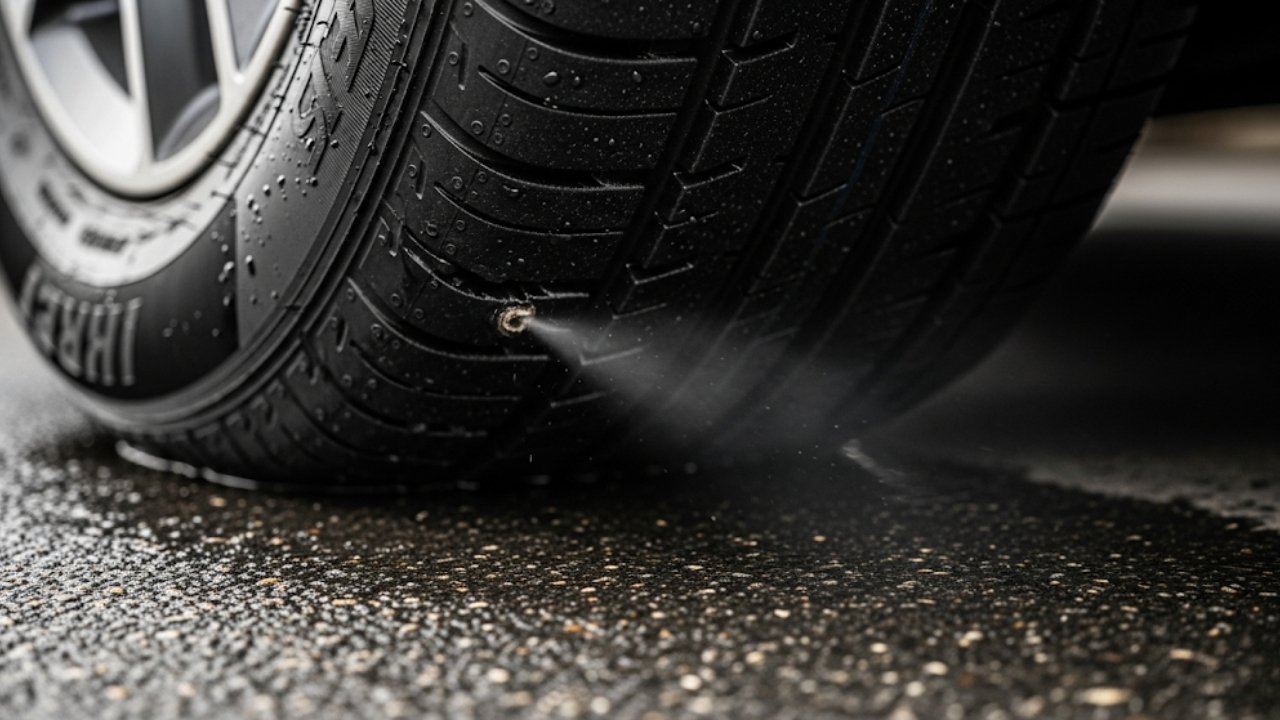
Tires lose air slowly over time due to:
-
Temperature changes (especially in winter)
-
Small leaks or cracks in the valve stem
-
Bead leaks (where the tire meets the rim)
-
Punctures from nails or screws
-
Natural air seepage through rubber
I learned this the hard way when my tire kept losing air every week. Turns out it was just an old, loose valve stem. A tiny thing caused a lot of stress. Keeping an eye on your tire pressure and understanding these causes can save you a lot of hassle down the road.
So, if you’re waking up to low pressure alerts more often than texts from your best friend, it might be time to dig deeper.
What You’ll Need to Put Air in a Flat Tire
Don’t worry—you don’t need a mechanic’s toolbox to fill your tire. Here’s a quick list of what you’ll need:
-
Tire pressure gauge (digital or manual)
-
Air compressor (at a gas station or a portable one)
-
Vehicle’s recommended PSI (found inside the driver’s door or in the manual)
-
Gloves and a flashlight (optional, but handy)
Even if you’re using a gas station air pump, it’s smart to bring your own tire pressure gauge. Sometimes, the built-in ones are old or inaccurate. I learned this after overfilling and hearing that ominous hissing noise—oops.
Step-by-Step: How to Put Air in a Flat Tire
Here’s where the rubber meets the road—literally. Let’s get into how to put air in a flat tire with easy-to-follow steps.
Step 1: Park Safely and Turn Off the Engine
Find a safe, flat spot—preferably well-lit if it’s dark. Turn off the engine and engage the parking brake. Safety first.
Pro tip: Avoid trying to inflate your tire if it’s completely flat and off the rim. That’s a job for a spare tire or a tow truck.
Step 2: Locate the Valve Stem
Look at the tire’s rim and find the valve stem—it’s that small rubber or metal stem sticking out. Unscrew the cap and keep it in a safe place. (I like to put it in my pocket so it doesn’t roll under the car.)
Step 3: Check the Tire Pressure
Use your tire pressure gauge to check the current PSI. Press it firmly onto the valve stem. You’ll hear a short hiss, then the gauge will display the pressure.
Compare it with your vehicle’s recommended PSI (usually between 30-35 PSI for most cars). If it’s lower, you need to fill it.
Step 4: Attach the Air Hose
Now, grab the air hose and push it onto the valve stem. If you’re at a gas station, you’ll usually hear the machine beep or start humming.
Tip: If the hose isn’t staying put, try adjusting the angle or wiggling it slightly. You want a snug fit to avoid leaks.
Step 5: Fill the Tire with Air
Add air in short bursts—around 5 seconds at a time. After each burst, remove the hose and check the pressure with your gauge.
Don’t rely solely on the pump’s gauge. They’re often off by a few PSI.
Stop once you reach the recommended level. Don’t overinflate! It can cause uneven wear or even a blowout while driving.
Step 6: Replace the Valve Cap and Double-Check
Once you’re done, screw the valve cap back on tightly. Give the tire a firm push with your hand—it should feel solid but not rock-hard.
Drive a few blocks and recheck the pressure if you can. Some leaks show up again after driving.
Table: Air Pressure Guidelines by Vehicle Type
| Vehicle Type | Ideal PSI Range | Notes |
|---|---|---|
| Sedan | 30–35 PSI | Check owner’s manual for exact number. |
| SUV | 35–40 PSI | Higher load means higher pressure. |
| Pickup Truck | 40–50 PSI | Especially if carrying heavy loads. |
| Sports Car | 30–35 PSI | May vary based on performance tires. |
| Motorcycle | 28–40 PSI | Front and rear pressures differ. |
Always trust your vehicle’s manual over general charts.
Using a Portable Air Compressor at Home
If you hate relying on gas station pumps (especially the ones that eat quarters), consider investing in a portable air compressor. They’re small, affordable, and plug into your car’s 12V outlet or home socket.
I got mine for under $40, and it’s paid for itself in stress reduction alone. It even came with a built-in gauge and auto shut-off. Super handy for road trips or just lazy Sunday checks.
When a Flat Tire Needs More Than Just Air
Sometimes, putting air in isn’t enough. If your tire goes flat again soon after inflating, it could be:
-
A puncture that needs patching
-
A cracked rim
-
A damaged valve stem
-
Or worse, a sidewall blowout
If air keeps escaping or your flat tire happens often, visit a tire shop. Trust me—don’t play the guessing game. I did once and ended up stranded during a snowstorm. Lesson learned!
How Often Should You Check Your Tire Pressure?
Let’s be honest—we all forget to check our tires unless something feels off. But here’s the thing: tires naturally lose about 1 PSI every month, even if they’re in perfect shape. Add cold weather to the mix, and they’ll deflate faster than your excitement at 7 a.m. on Monday.
Ideally, check your tire pressure:
-
Once a month
-
Before long road trips
-
After sharp temperature drops
-
If your TPMS light turns on
I make it part of my routine—first Sunday of the month. Just like I water my plants or clean out my inbox. It only takes five minutes, and trust me, it’s a tiny habit that can save your life.
Driving on low pressure tires isn’t just bad for your car. It affects fuel efficiency, tire wear, and even braking distance. Think of your tires like shoes: worn-out soles don’t help you run faster. Neither do underinflated tires.
How to Tell If You Have a Slow Leak or Just Low Pressure
Sometimes, a flat tire is sneaky. One morning it looks fine. The next, it’s sagging like a forgotten birthday balloon. So how do you know if it’s a slow leak or just natural pressure loss?
Here’s a quick test:
-
Inflate the tire to the recommended PSI
-
Wait 24–48 hours
-
Check the pressure again
If you’ve lost more than 2–3 PSI in a day, you likely have a leak. Could be a nail, a tiny puncture, or a bad seal. Try spraying soapy water around the tire and valve. Bubbles = air escape.
A friend of mine once kept filling his tire every week. He thought it was “normal.” Turns out he had a roofing nail stuck in there for three months. A quick patch job later, and he hasn’t touched the pump in over a year.
Moral of the story? Trust your instincts, but double-check with tools.
What Happens If You Drive on a Flat Tire?
Let me be straight with you—don’t do it. Driving on a flat tire, even for “just a few blocks,” can cause serious damage. Not only to your tire, but to the wheel rim, suspension, and alignment.
Here’s what could go wrong:
-
Tire separates from the rim
-
Rim gets bent or cracked
-
Heat builds up and damages the rubber
-
Your steering becomes unstable
And yes, it’s dangerous—not just for you, but for everyone else on the road. If your tire is completely flat, it’s safer to install the spare or call roadside assistance.
I once tried to limp home on a flat. Big mistake. That short two-mile drive cost me a $300 new rim and a tow to the repair shop. Never again.
Is It Safe to Put Air in a Tire That’s Completely Flat?
The short answer: It depends.
If the tire is only slightly deflated and the bead (where the tire meets the rim) hasn’t separated, you can probably add air safely.
But if the tire looks like it’s sitting on the rim or you hear air rushing out as fast as you pump it in, don’t bother. You’ll need:
-
A spare tire
-
A repair kit
-
Or professional help
A good rule of thumb? If the tire looks “mushy” and doesn’t hold shape at all, don’t try to reinflate it. That’s not how you want to test your luck.
FAQs: Everything You’re Too Embarrassed to Ask
1. Can I drive to a gas station on a flat tire to inflate it?
If the tire still has some pressure and isn’t completely flat, you might be able to drive slowly and carefully to the nearest station. But if it’s totally flat? Nope. That can ruin your tire and rim.
2. How long does it take to put air in a flat tire?
Usually just 2–5 minutes per tire. It’s quick, especially once you’ve done it once or twice. Even faster with a portable inflator.
3. How do I know the right PSI for my tires?
Check the sticker on the driver’s door frame or your owner’s manual. Don’t trust the number on the tire—that’s the max, not the recommended level.
4. Is it okay to overinflate a little?
Nope. Overinflation causes the center of the tire to wear faster, reduces grip, and makes your ride bumpier. Aim for the sweet spot.
5. What if my tire pressure light stays on after inflating?
The TPMS sensor might need time to reset, or one of your other tires could still be low. Drive around for 5–10 minutes and check again. If it stays on, recheck all tires.
A Few Cultural Insights: Flat Tires Around the World
It’s funny—how you deal with a flat tire often depends on where you are. In the U.S., we’re used to driving long distances, so a portable inflator is a road trip essential. But in places like Japan or Germany, where public transit is king and roads are tighter, people may rely more on professional help or compact fix-it kits.
In rural areas of India or parts of Africa, it’s common for locals to repair tires by hand with patches and bicycle-style pumps. It’s a reminder that no matter where we are, a flat tire is a shared experience—one that brings out resourcefulness and patience in everyone.
The Emotional Side of a Flat Tire
Let’s not sugarcoat it—a flat tire feels like a punch to the gut. Especially when you’re on the way to something important. It brings a flood of frustration, helplessness, and that “why now?” feeling.
But here’s the cool part: once you know how to put air in a flat tire, that stress melts away. You go from stuck and unsure to capable and calm. That’s a powerful shift. It’s one of those small life skills that makes you feel a little more in control—even when life tries to deflate you.
Conclusion: Take a Deep Breath and Grab the Air Hose
Dealing with a flat tire isn’t fun. It’s inconvenient, dirty, and usually happens at the worst time. But it’s also a manageable problem. With a little know-how and a few minutes of your time, you can be back on the road safely.
So next time you spot a sagging tire or that TPMS light pops on, don’t panic. Just remember what you’ve learned here. Grab your gauge, find the valve, and take care of it like a pro.
Because knowing how to put air in a flat tire isn’t just about fixing rubber—it’s about building confidence, independence, and peace of mind. And that, my friend, is always worth the effort.

